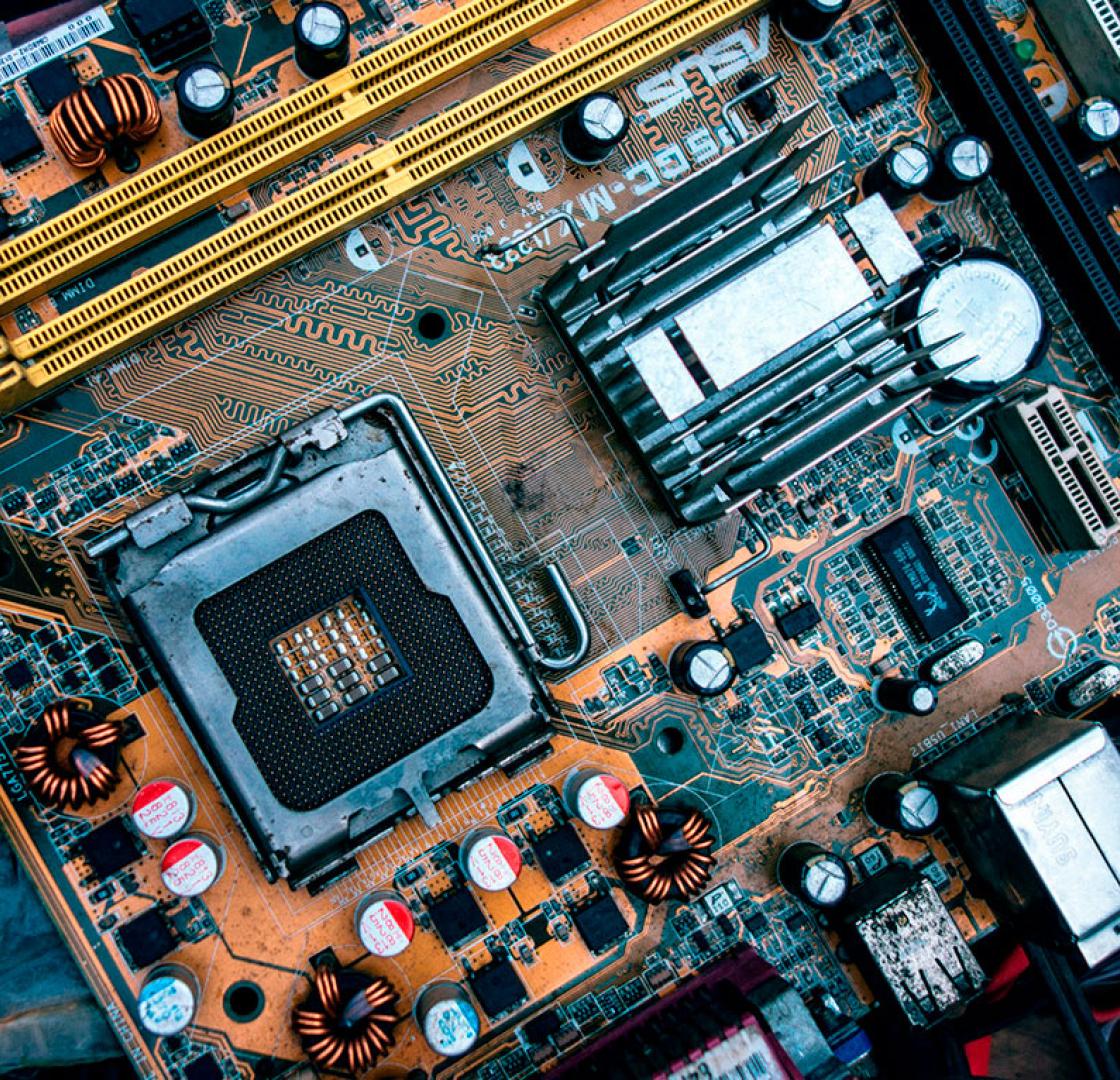How do you know it’s time for action?
Many server refreshes occur on a three to four year cycle, so it isn’t a frequent disruption. But many businesses simply tough it out until one of the following events occurs:
- Compatibility issues– if a system can no longer be patched or is incompatible with current software versions it can pose a serious security threat or simply no longer be fit for purpose.
- Reliability issues – server components will, at some point, fail. We do our best to specify redundancy into our systems (if one component fails, another will pick up the slack), but there comes a point where the server will have reliability issues.
- Serviceability issues – when components do fail in ageing systems, replacement parts are sometimes not available or expensive to replace. And, compatibility issues can arise.
- Performance issues – software products evolve with an increasing appetite for processor and memory consumption. Legacy hardware often gets to the point where it simply can’t deliver acceptable performance.
Hardware refresh projects are often justified as a cost of doing business and part of the broader strategy that a business employs to avoid the high cost of downtime. It’s also often factored in as ‘part of the plan’ and most companies have become used to planning and budgeting for refreshes.
Whilst that can make perfect sense, we’re finding more and more clients opting to take the opportunity to move to the cloud.
What factors should you take into account?
The fact is that every business is unique in terms of IT support costs, configurations and requirements, so trying to come up with a generic cost savings calculation isn’t practical. But, let’s look at some benefits every business can realise by moving to the cloud vs performing yet another hardware refresh.
Power / cooling costs
- Hardware Refresh – Cost savings are configuration specific and will improve with new hardware but will never be zero.
- Cloud – Cloud uses a shared infrastructure model with end user costs being spread across a broad customer base.
Office space
- Hardware Refresh – Cost savings are configuration (footprint) specific and a refresh may possibly provide a little cost relief, but not much.
- Cloud – Cloud uses a shared infrastructure model with end user costs being spread across a broad customer base.
Over-provisioning costs
- Hardware Refresh – Businesses will still over-provision costly hardware to ensure the ability to scale up or down depending upon performance requirements.
- Cloud – Cloud provides on-demand bi-directional performance scalability which eliminates over-provisioning costs and concerns.
Under provisioning risks
- Hardware Refresh – After a costly refresh, some businesses will accept the risk of under-provisioning hardware to save money.
- Cloud – Cloud provides on-demand bi-directional performance scalability which eliminates this risk.
Capital expenses
- Hardware Refresh – Still exist.
- Cloud – The cloud services provider (CSP) procures all hardware: costs are spread across a broad customer base.
Upgrade challenges
- Hardware Refresh – Still exist.
- Cloud – The CSP manages all hardware lifecycle tasks.
Maintenance challenges
- Hardware Refresh – Still exist.
- Cloud – The CSP manages all hardware lifecycle tasks.
Compatibility challenges
- Hardware Refresh – Still exist.
- Cloud – The CSP manages all hardware lifecycle tasks.
When discussing the choice with our customers, we usually find that it’s the intangible benefits that really make the case. Sure, there are financial benefits, but the fact is that cloud eliminates the ongoing IT maintenance and support tasks that tend to be a roadblock to success for many businesses.
By moving to the cloud, end users never again have to face the budgetary challenges of a hardware refresh. Cloud computing makes hardware refresh projects and costly activities such as data migration and data protection a thing of the past. With cloud, migrate once and you’re done!
Contact us today to find out more.
